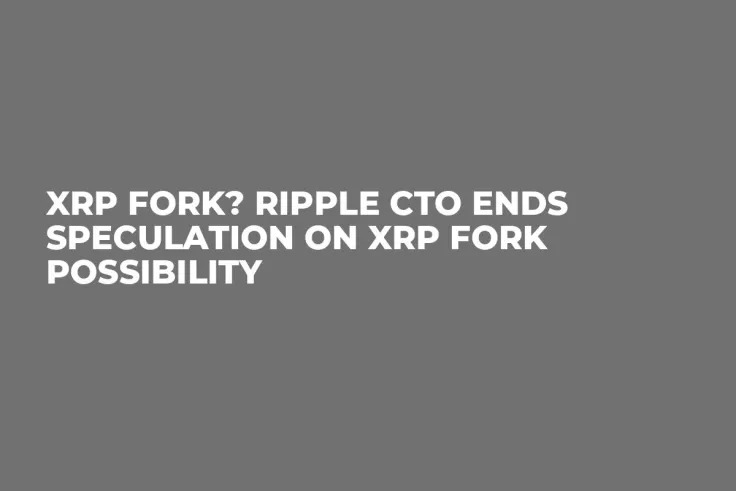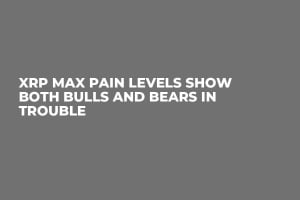
The idea of an XRP Ledger fork has resurfaced, and Ripple’s chief technology officer David Schwartz decided to address it head-on. In a thread on X, Schwartz outlined how forks work, why they matter and whether they could ever be a real path for XRP.
No blockchain is immune to rule changes, says Schwartz. Any public layer-one network can, in theory, adopt censorship rules if its participants agree. Unlike permissioned systems, however, those who oppose such changes are free to fork and run their own version.
That principle, Ripple CTO argues, is what makes open blockchains fundamentally different from centralized platforms.
The bigger question is whether forks are healthy or harmful. Schwartz’s response was pragmatic: on paper, forks could benefit everyone by doubling throughput and allowing each side to focus on specific use cases. But he quickly pointed out the market reality.
Capital and activity almost always consolidate to whichever side is deemed stronger, leaving the other chain sidelined. “The market seems to want to pick the better side,” Schwartz admitted, framing forks more as fallback options than genuine opportunities.
So, what about XRP?
The discussion comes as XRP continues to draw outsized attention. Just days ago, XRP’s market capitalization briefly overtook BlackRock, reaching $180.35 billion versus the asset manager’s $177.79 billion.
That achievement sparked renewed debate over XRP Ledger governance, especially its ability to enforce sanctions or blacklist addresses through validator supermajorities.
Against that, Schwartz’s words land as both caution and reassurance: forks are possible but rarely prosperous. For XRP, the truth from its CTO is clear — resilience comes not from splitting the chain but from keeping the community aligned enough to avoid a fork in the first place.


 Dan Burgin
Dan Burgin Godfrey Benjamin
Godfrey Benjamin Tomiwabold Olajide
Tomiwabold Olajide Caroline Amosun
Caroline Amosun